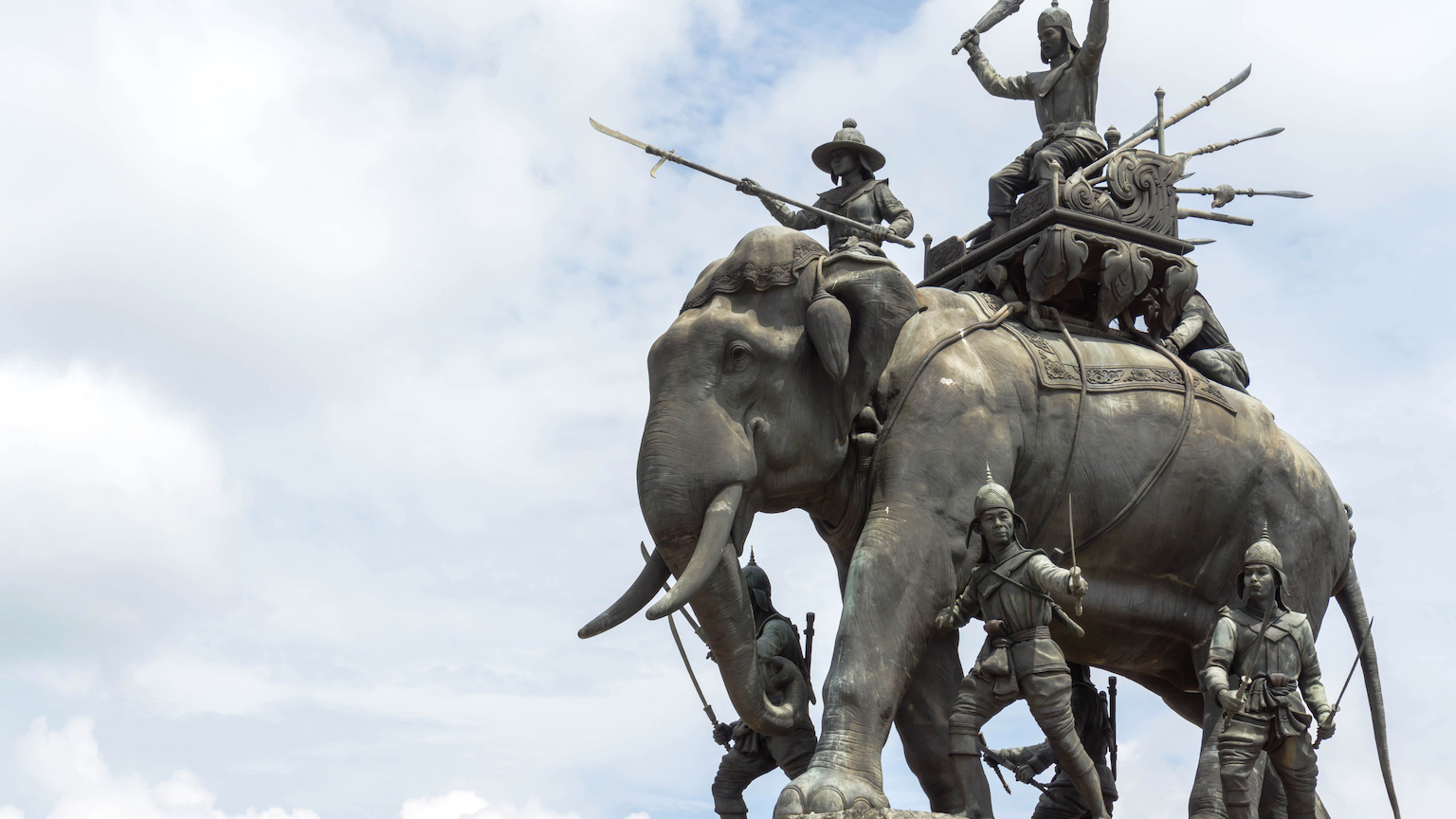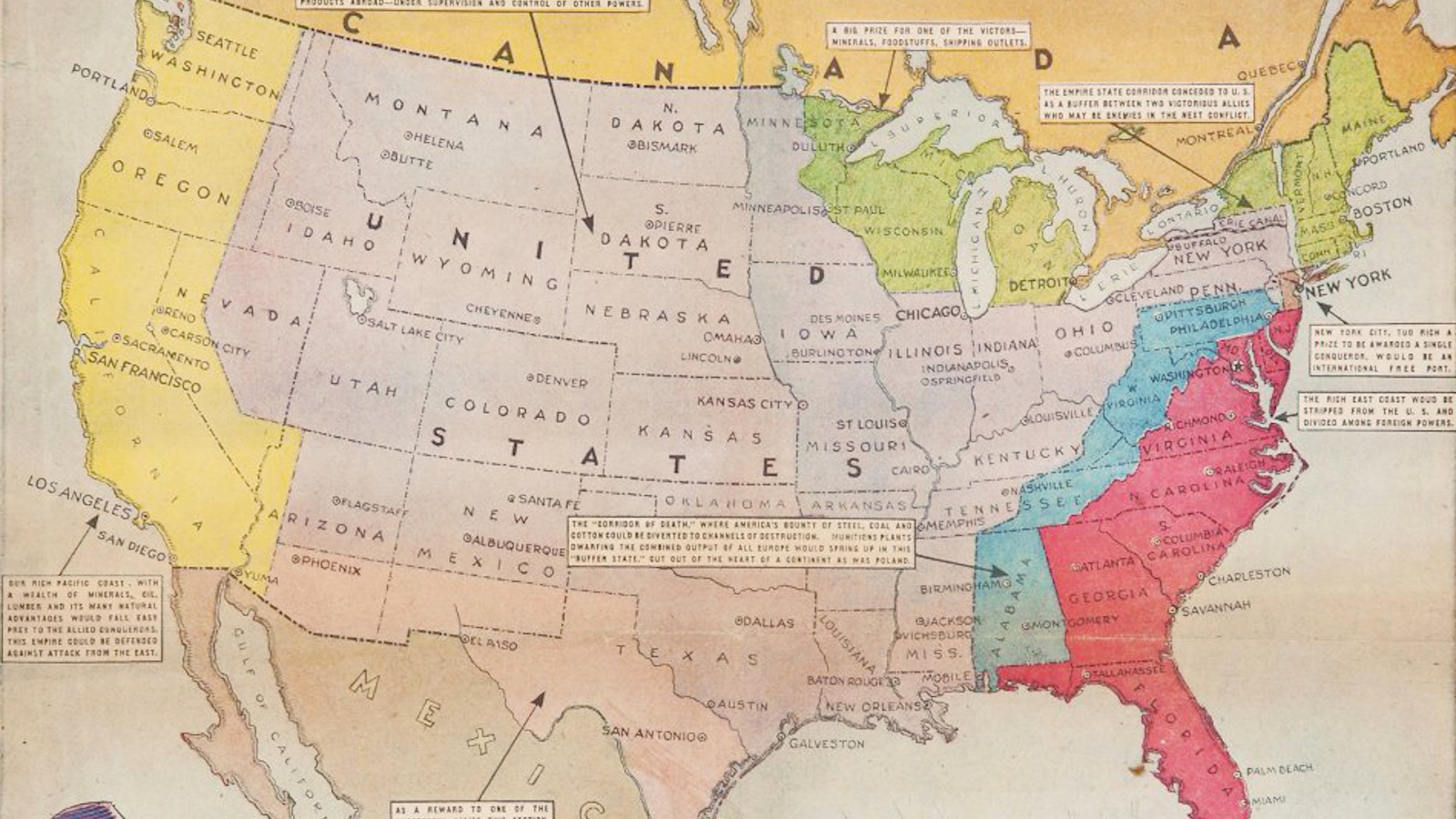Experimental archaeology: Marching an elephant across the mountains to test history

- Scientific and mathematical methods of testing history are fraught with problems.
- An adventurous young man set out to test a famous event of ancient history by marching an elephant across the Alps.
- Experimental archaeology can provide valuable data points but is a rare pursuit. Perhaps it should happen more often.
There are various “scientific” methods of evaluating the accuracy of history. One such way is to look for statistical correlations in data, but this can lead a person astray — such as Russian mathematician Anatoly Fomenko, who concluded that a Russia-Horde built the Great Pyramids. Surely, there must be a better way to analyze history as scientifically as possible.
Experimental archaeology
Experimental archaeology is a niche pursuit in which modern researchers, often amateurs, attempt to recreate events, structures, tasks, or journeys from the past. They perform these feats with the tools, methods, and knowledge available at the time.
The Kon-Tiki expedition is a famous example. Six men built a rudderless raft of balsa wood and floated more than 4,000 miles across the South Pacific in 1947. The purpose of this journey was to test experimentally whether primitive people could have voyaged from South America and reached Polynesia. The modern expedition set out from Peru and landed 101 days later on a Polynesian atoll. Anthropologists still debate whether actual human migration occurred in this way. However, the Kon-Tiki voyage suggested that it was possible.
Another classic example of experimental archaeology is the British Alpine Hannibal Expedition. Hannibal was a general of Carthage (located in modern-day Tunisia), an ancient Mediterranean civilization that rivaled Rome for several centuries before the birth of Christ. Hannibal’s reputation as one of the greatest generals in history was built upon his command of an army that spent 15 years dominating large portions of the Italian peninsula, crushing Roman armies sent to stop them.
Hannibal recruited or coerced men from various localities and paid mercenaries, but a central piece of his army was a corps of terrifying war elephants. These creatures, or their ancestors, originated in the North African holdings of Carthage. Hannibal initially formed his army and elephant corps in southern Spain, and marched over land through southern France. The Romans hoped to stop him by placing troops along the sane coastal route to Italy. Hannibal fooled them by instead undertaking a crazy route across the Alps.
How did Hannibal get his elephants through the high mountains? The hulking creatures must have used a narrow route through the 7000-foot-high passes. Such a feat might be considered a myth if not for subsequent well-documented stompings of Romans by war elephants. Roman historians had various theories. Carthaginian histories were largely lost or destroyed when Rome later annihilated their civilization. Twentieth century scholars debated the question in books and newspaper articles.
Elephant march
Inspired by these debates and his own love of mountaineering, young engineering student John Hoyte proposed and personally explored a particular route. After his graduation, Hoyte wrote British consuls in Europe looking for an elephant to march over the Alps to test his route. To his surprise, the longshot request found a zookeeper with a newly acquired, young, healthy circus elephant named Jumbo, which was trained to work with humans. The Turin Zoo, along with Life magazine, agreed to sponsor the journey. The team procured elephant insurance. Despite all this support, it still was not easy.
The original route through a mountain pass called Col de Clapier was threatened by falling rocks, so the expedition was forced to retreat and try another pass, the nearby Col du Mont-Cenis. The expedition’s human members built a set of tall leather boots to protect the elephant’s feet and laid a makeshift jumper over her back. Jumbo consumed roughly 250 pounds of food per day. Still, she lost nearly 500 pounds over the 10-day march.
A series of photographs capture a sense of the atmosphere of the expedition. Jumbo plows through mountain meadows and carefully crosses narrow bridges and paths. Crowds gather along the streets of Alpine towns to serenade the passing beast and her party. Jumbo snatches the Italy-France border crossing barrier in her trunk and lifts it aside. The party camps and sups at night with the beast. At high altitudes, the makeshift clothes protect her from the cold. The Italian town of Susa hosts a victory celebration in the streets as Jumbo arrives, successfully completing her journey.
Journey of the war elephants
What of the real war elephants? Historians believe that many of the animals died in the crossing. The war elephant corps may have been re-stocked during the one time in the 15-year campaign that the army received reinforcements from Carthage.
While Hannibal was never decisively defeated in Europe, a Roman general of similar greatness finally found a way to get rid of him. Scipio, subsequently given the epithet Africanus, attacked the Carthaginian homeland. This forced Hannibal’s recall to Africa to defend it. Hannibal’s long and interesting story continued, with more war elephants, on that continent. Scipio honed tactics to blunt the attacks of the elephant corps and finally defeated Hannibal at the battle of Zama.
The Alpine Hannibal Expedition had a happier ending: The elephant got to have champagne and cake in Italy. The expedition succeeded in demonstrating that the route across Col du Mont-Cenis could have been crossed by an ancient platoon of war elephants, but it doesn’t prove it. So, is re-creation in experimental archaeology an effective method of testing history? It seems that we need more trials to test the hypothesis.





